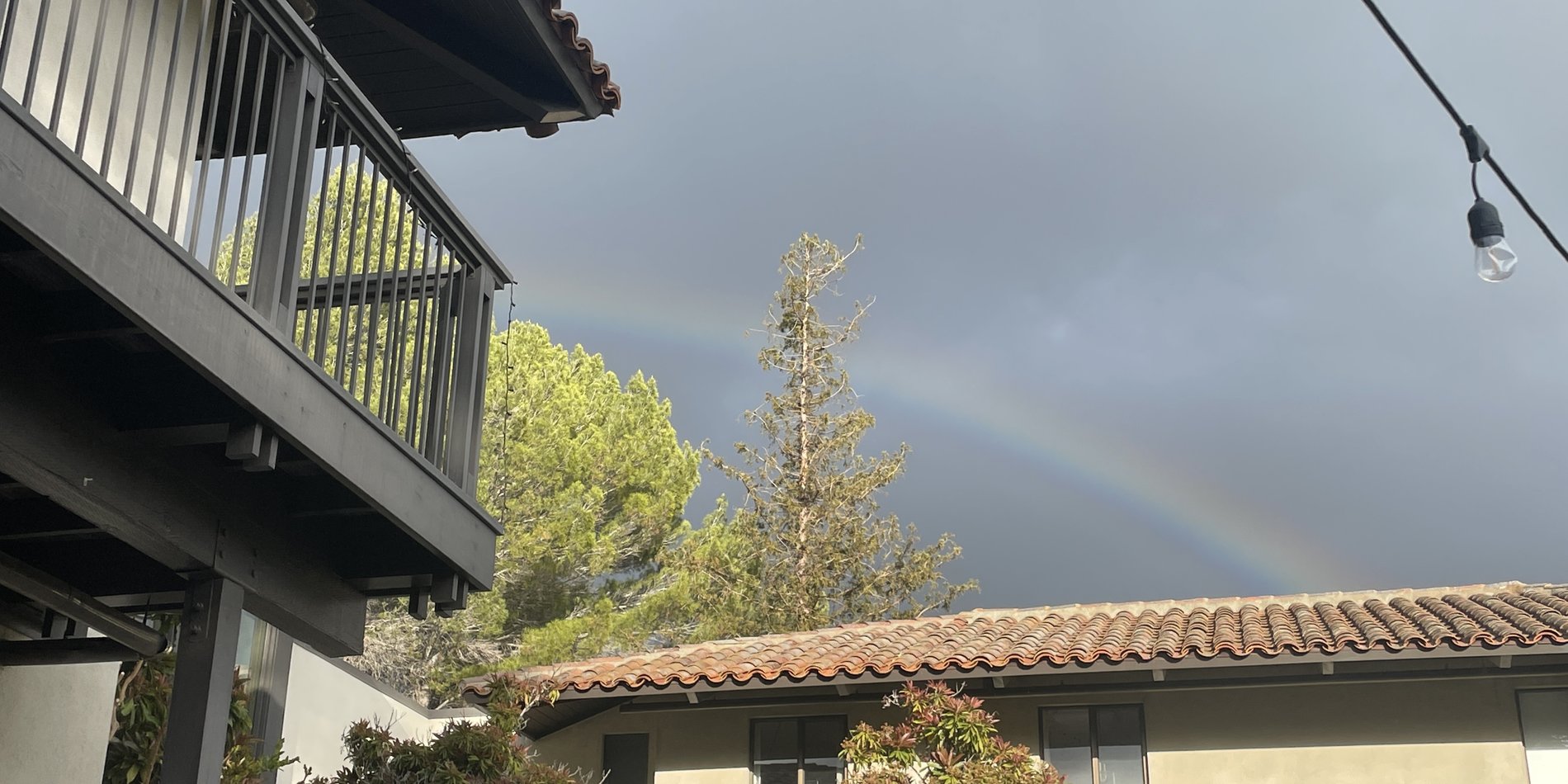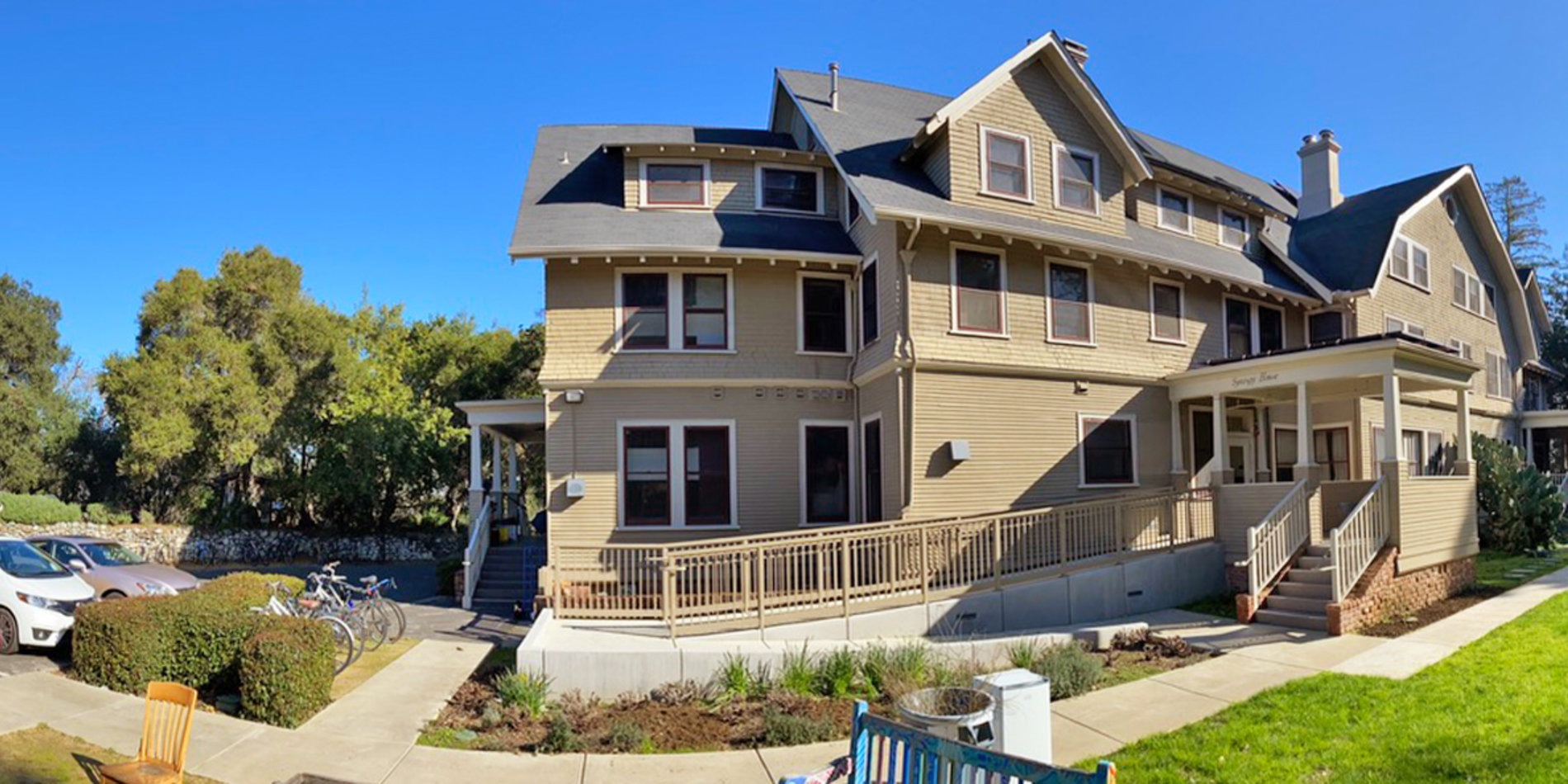Special Interest: Co-op
Main content start
Cooperative living has thrived at Stanford for more than forty years, offering a diverse range of living environments as each co-op community holds distinct values. For example, many offer gender-neutral housing; some feature vegetarian kitchens and meals; and others make house decisions through a consensus process. Co-ops can focus on alternative lifestyles, intentional communities, LGBT friendliness, international awareness, or social change through nonviolent action.

Special Interest: Co-op Criteria
Find the criteria for all University Theme House - Special Interest: Co-ops.









